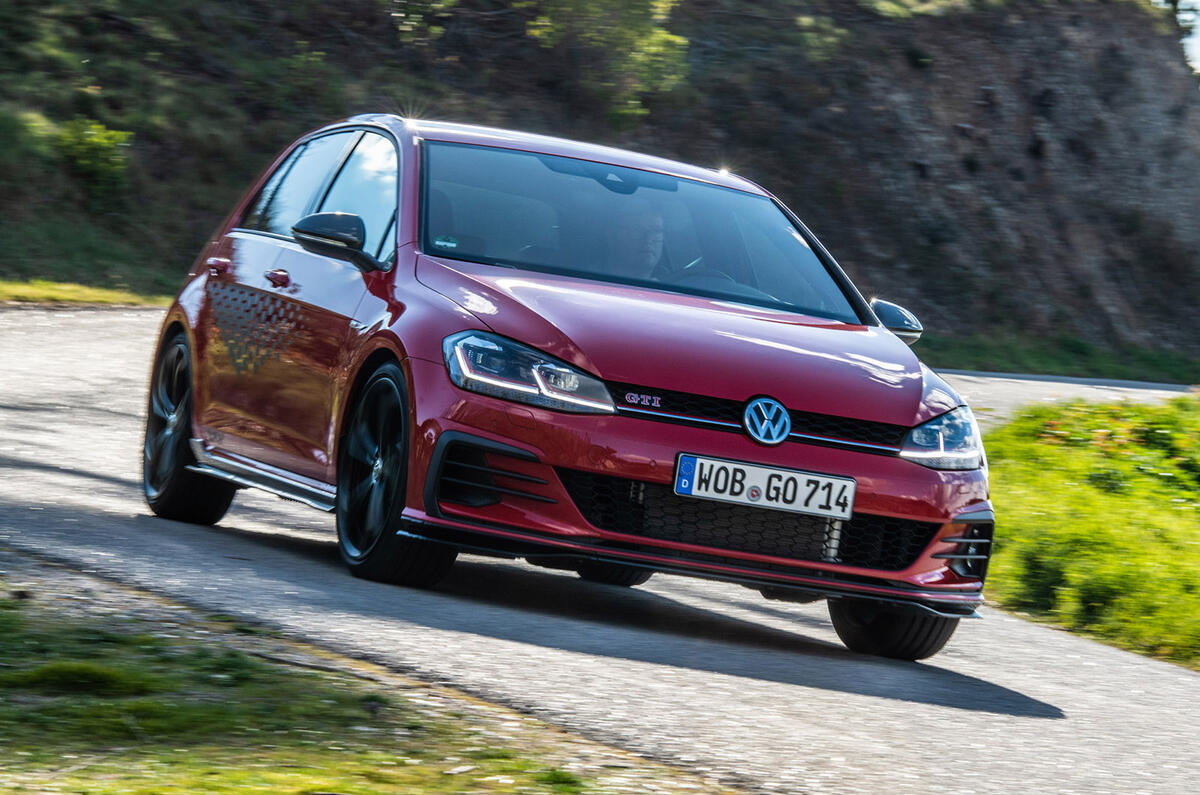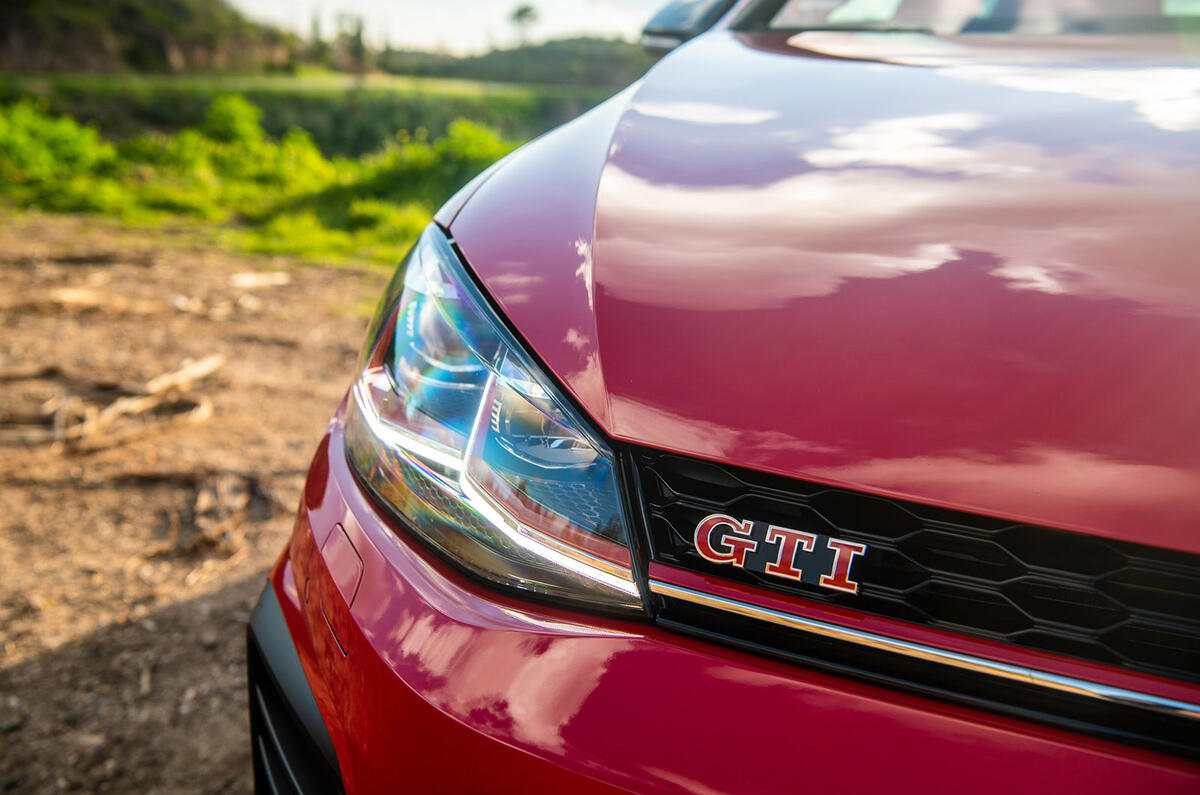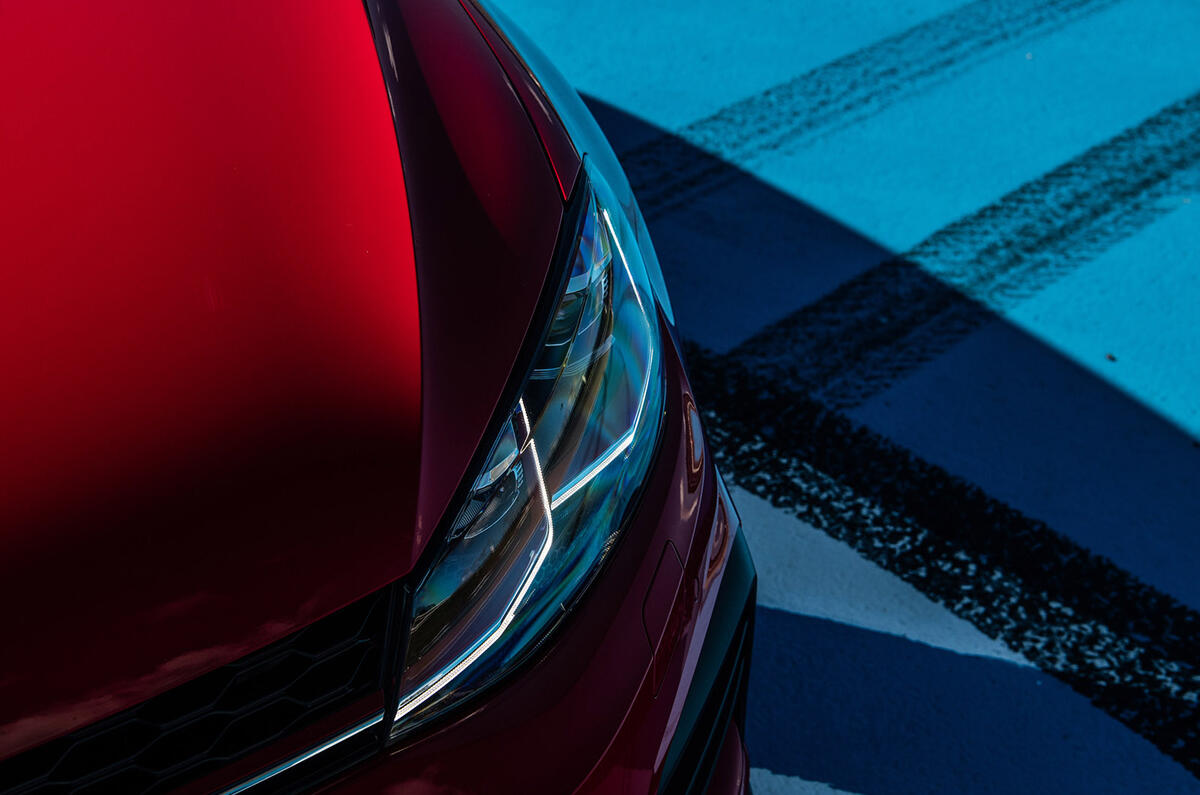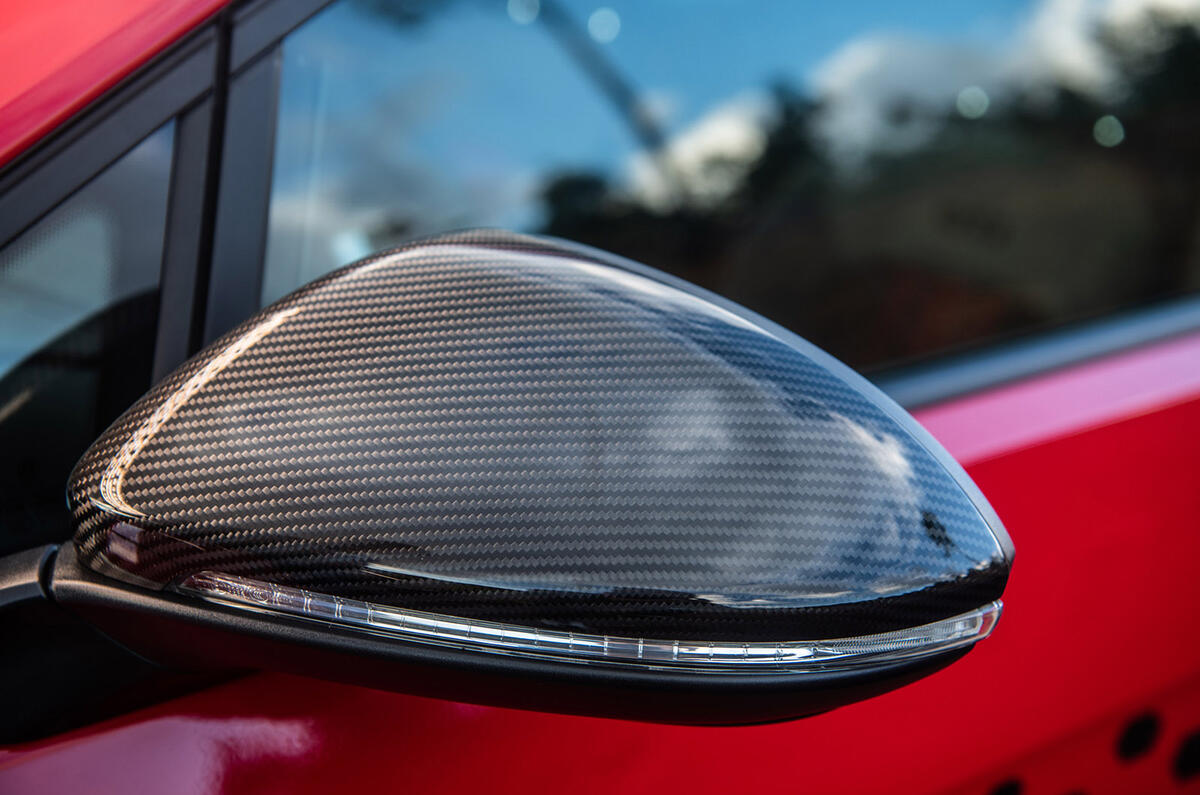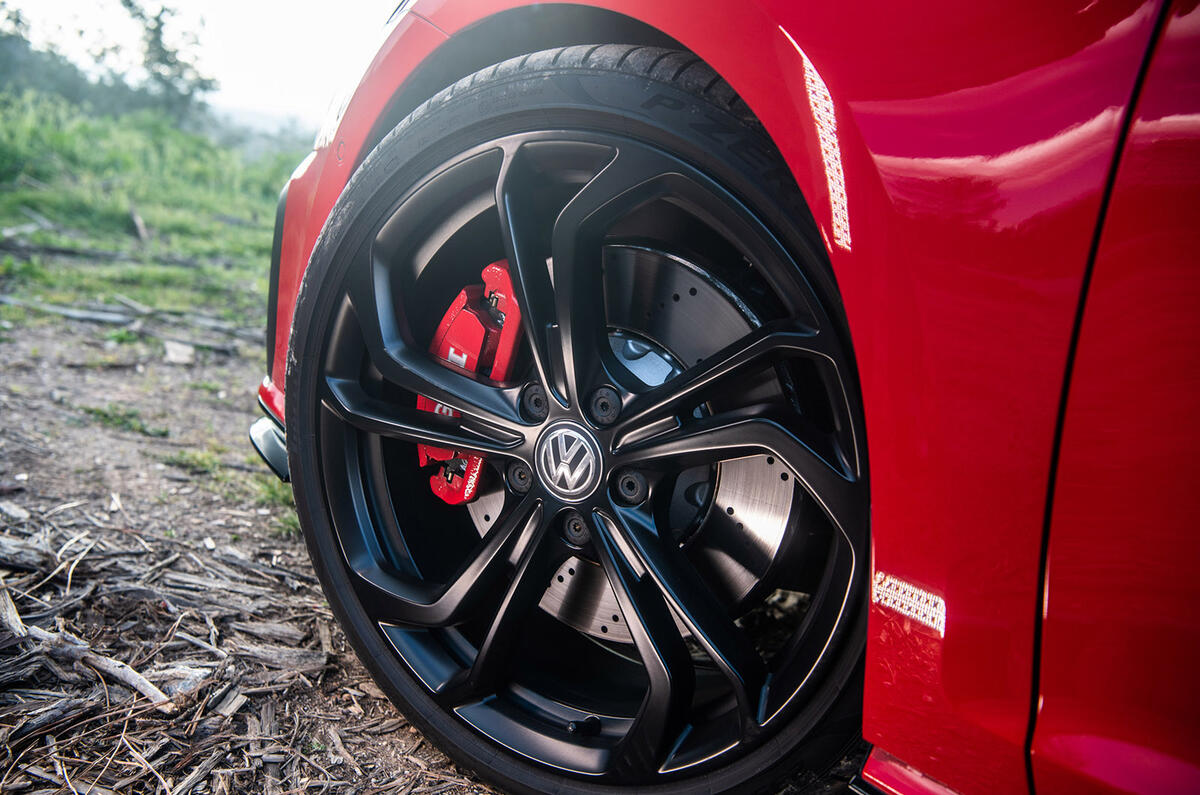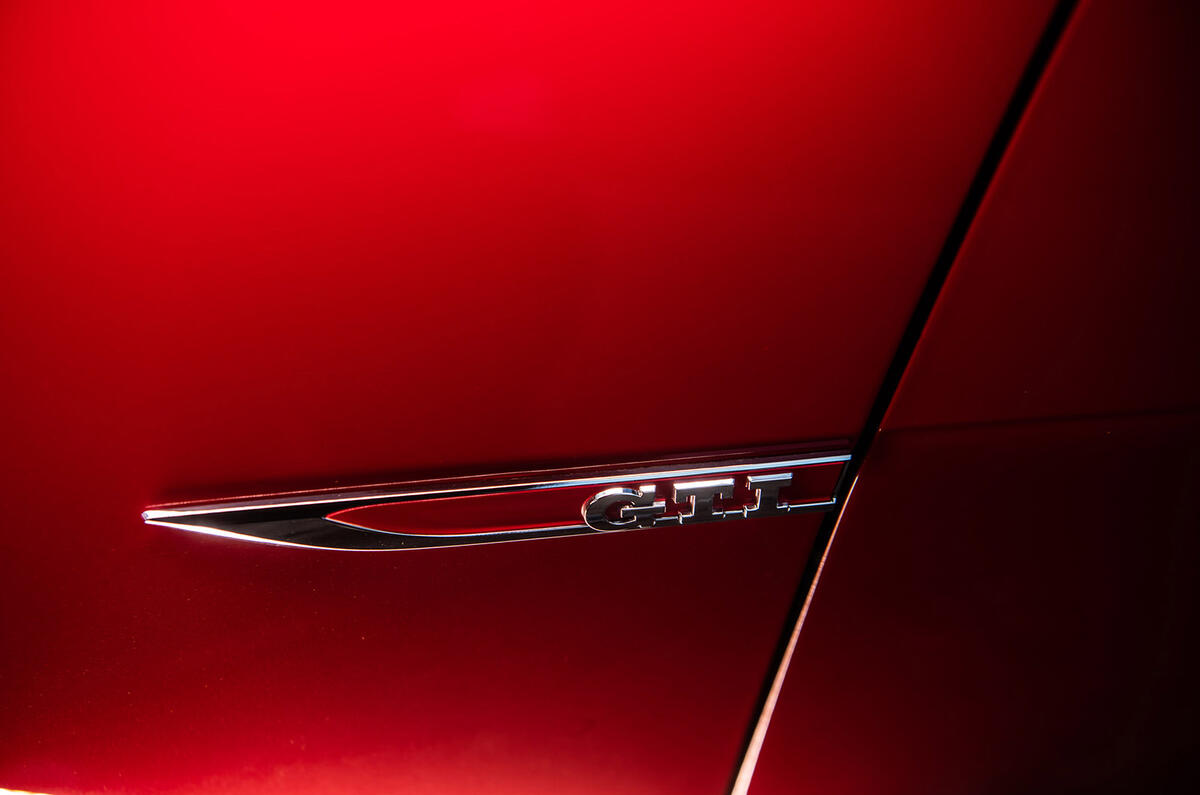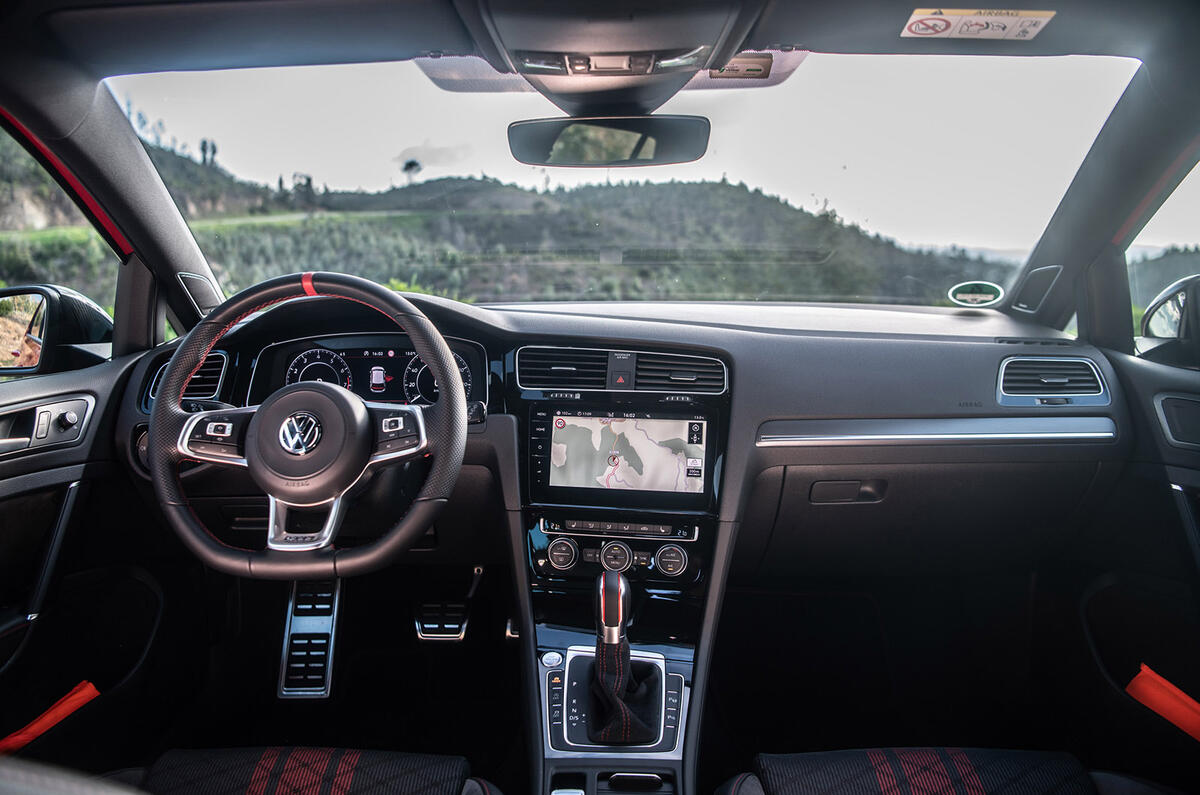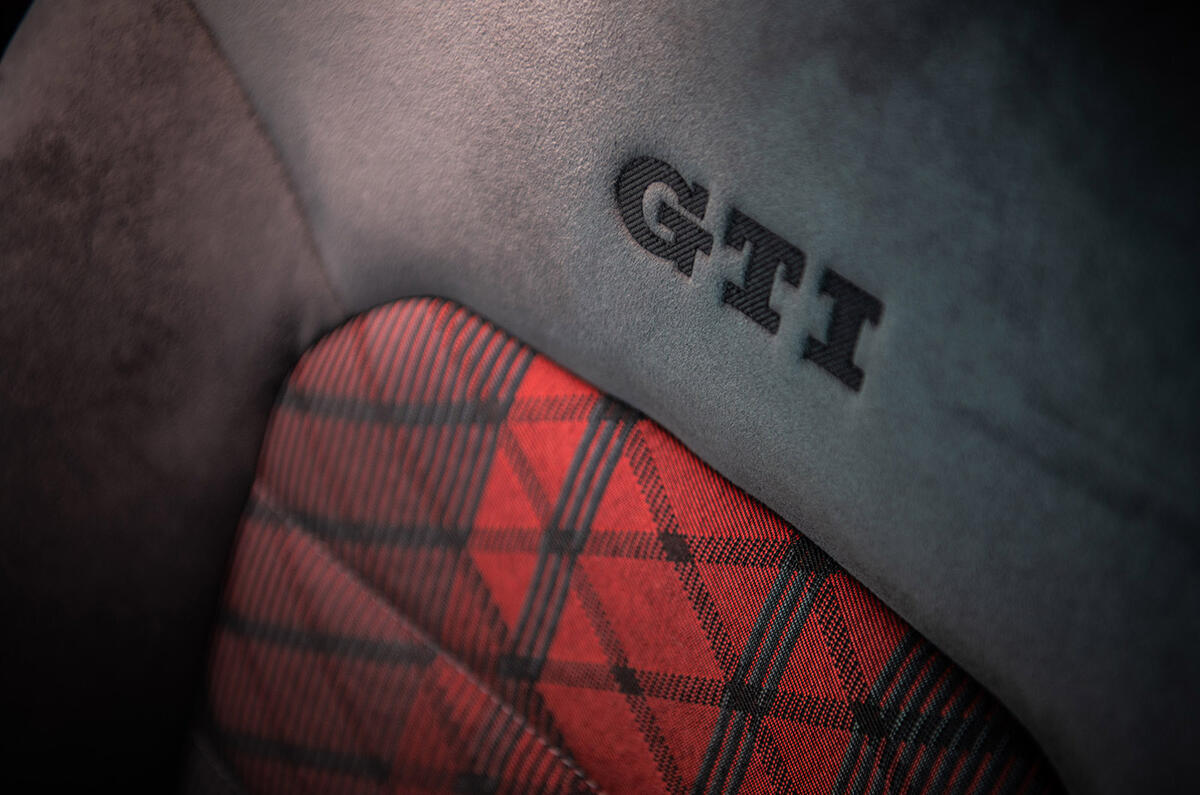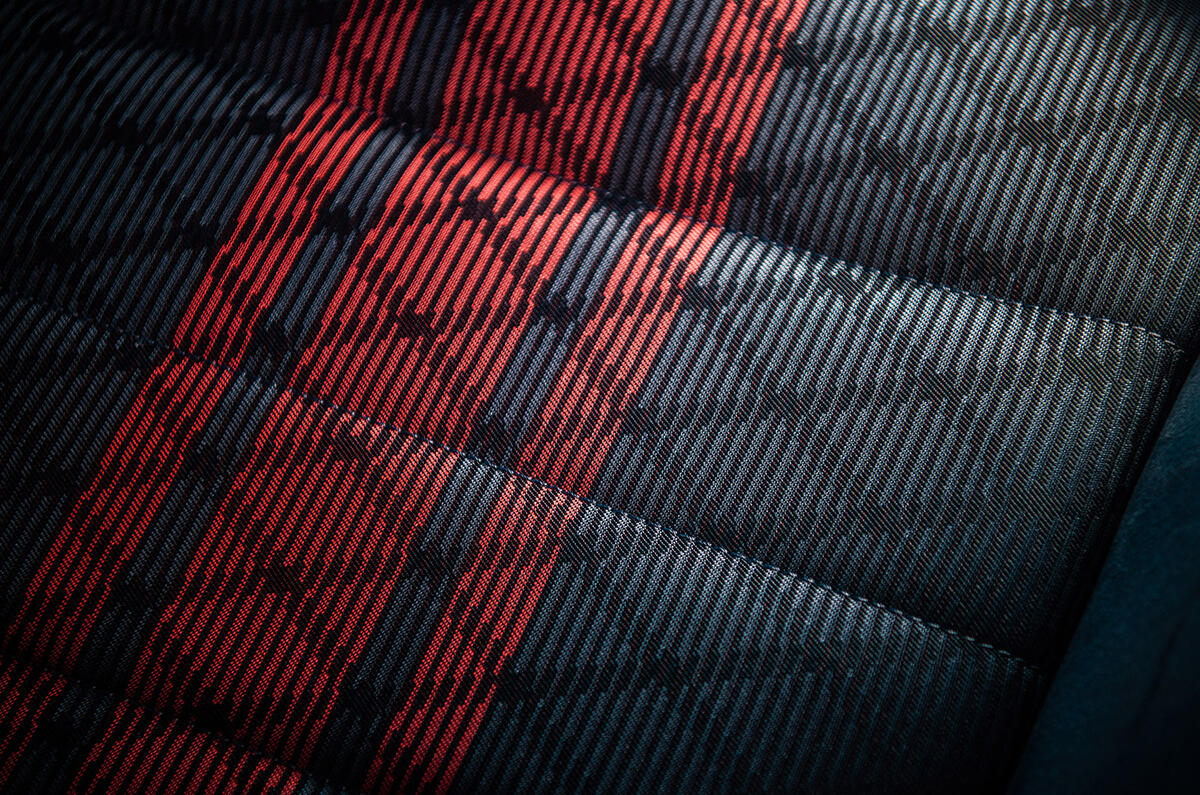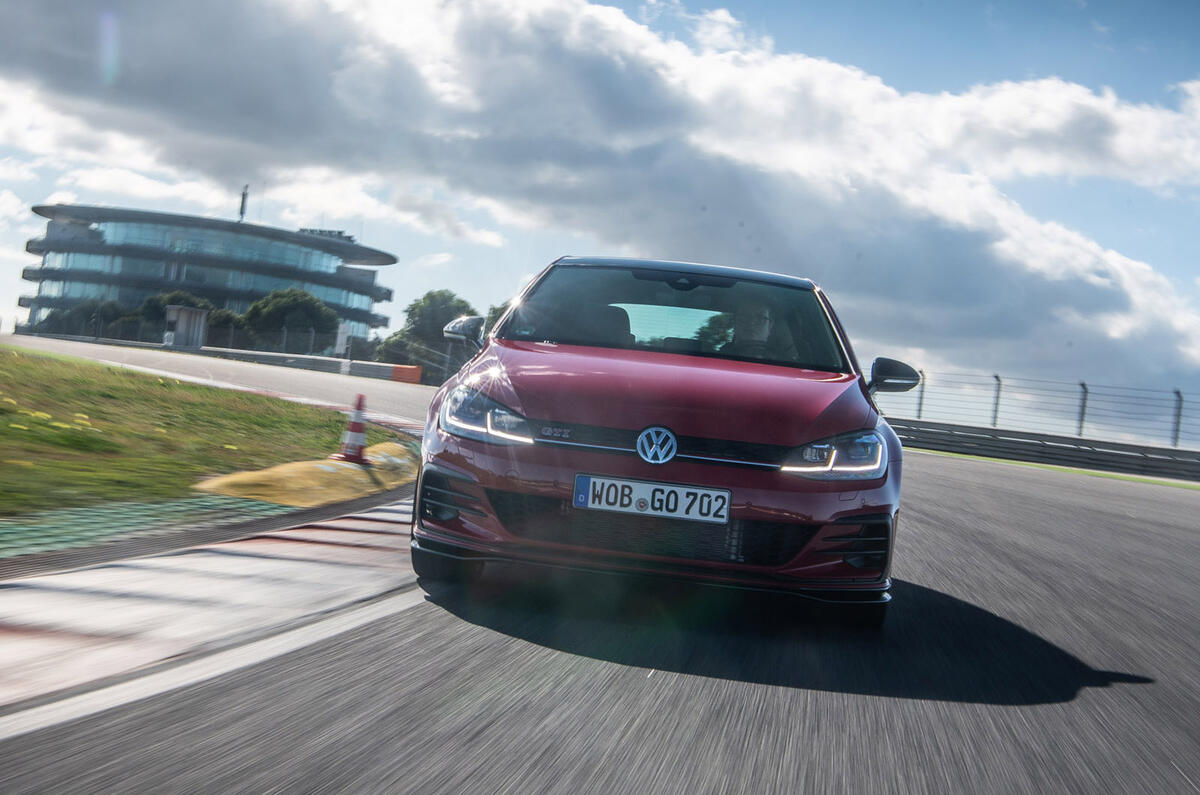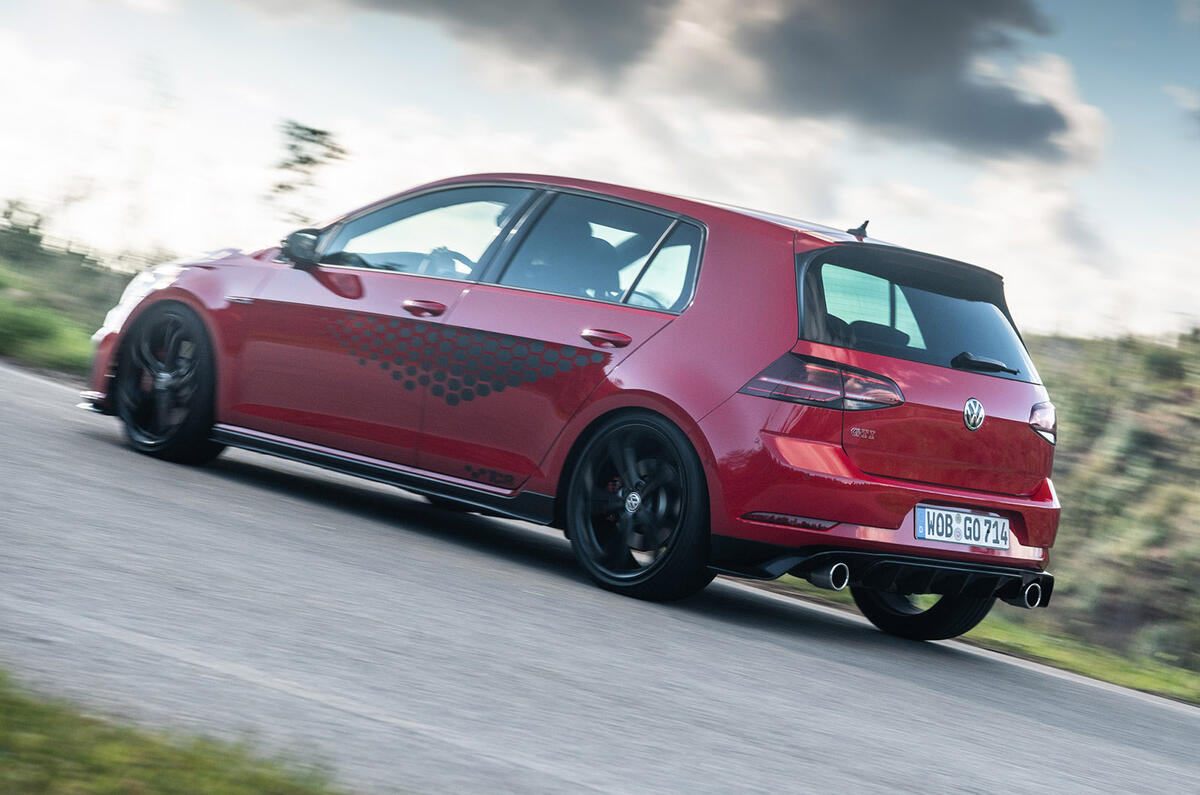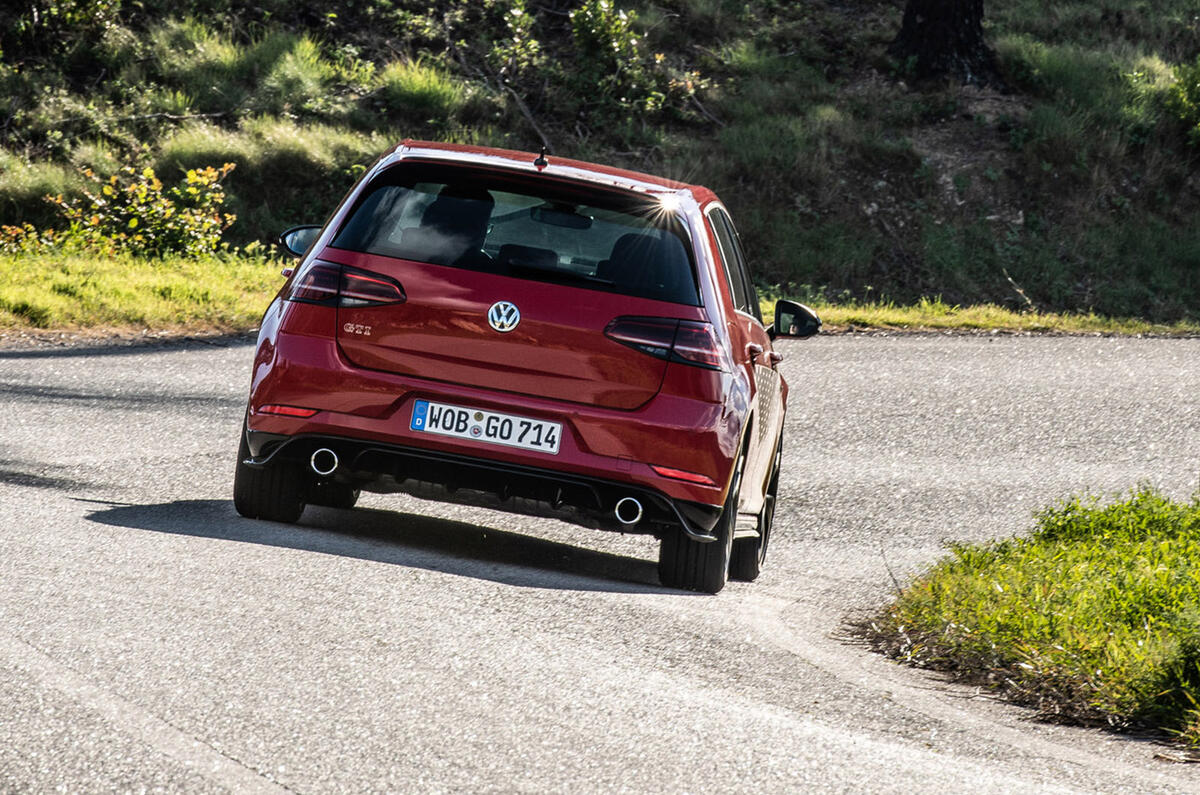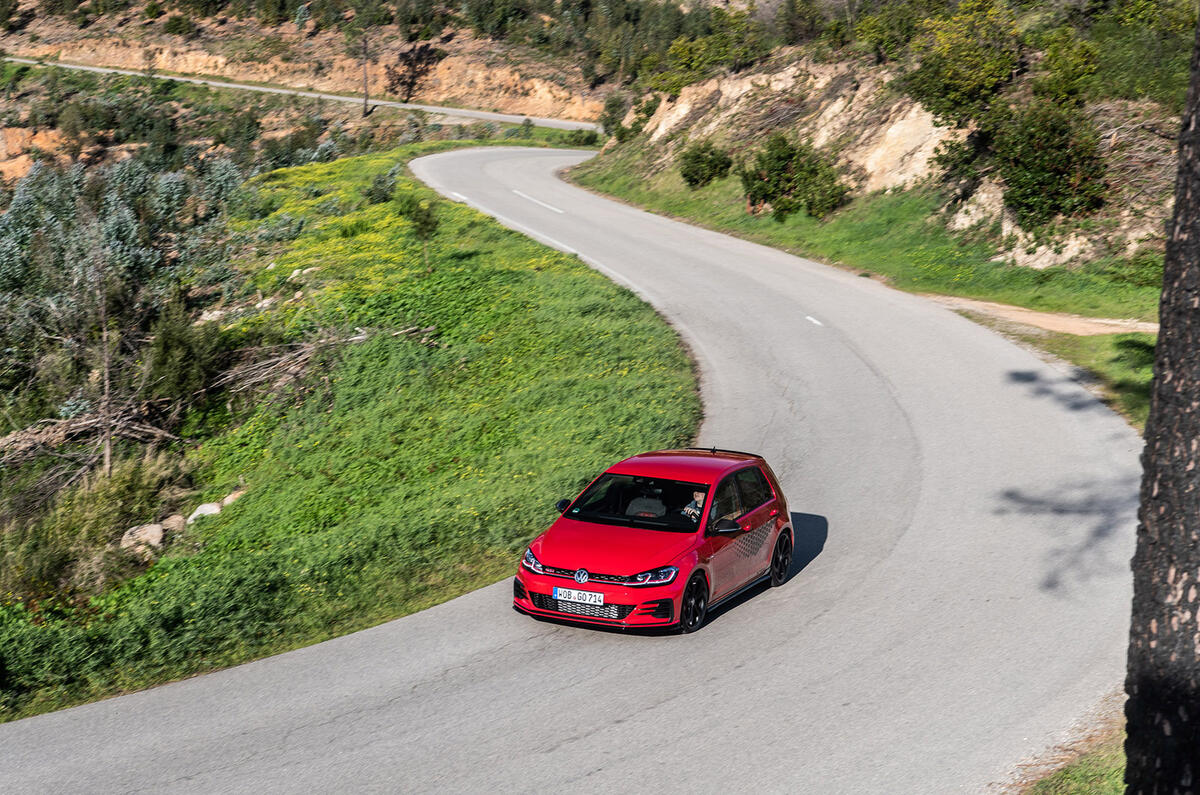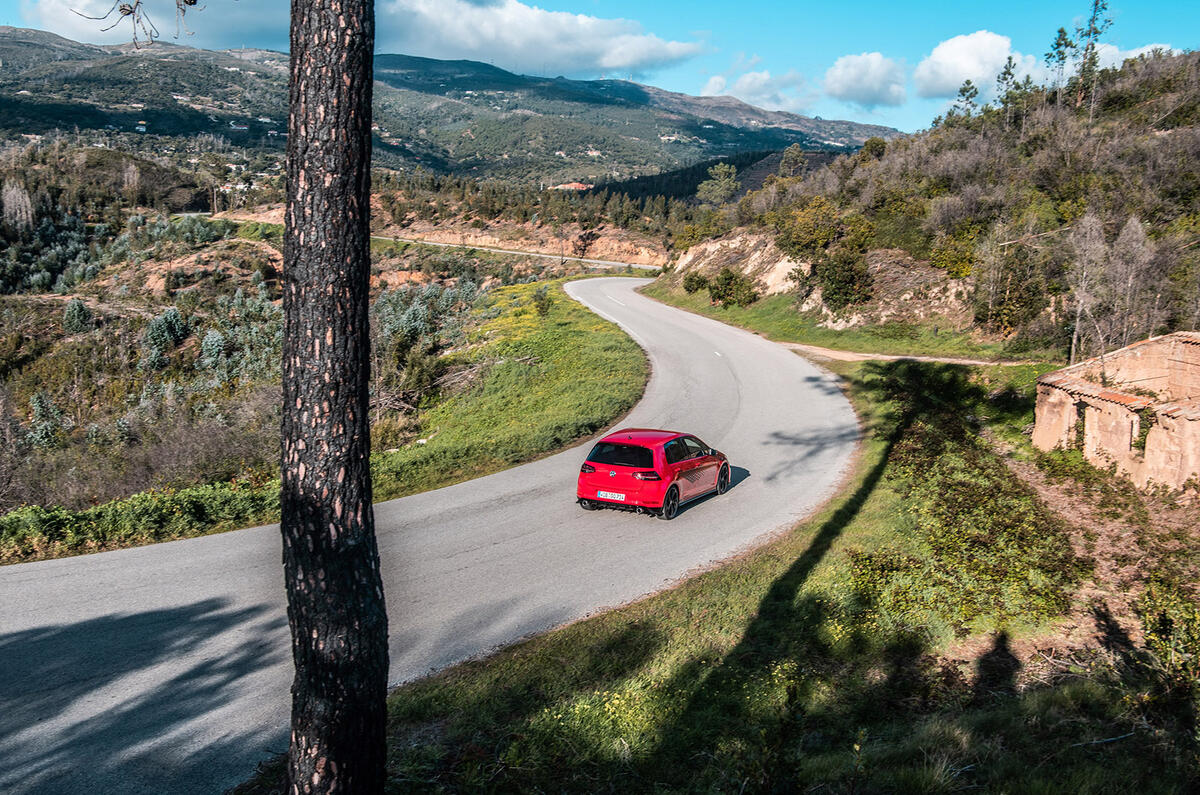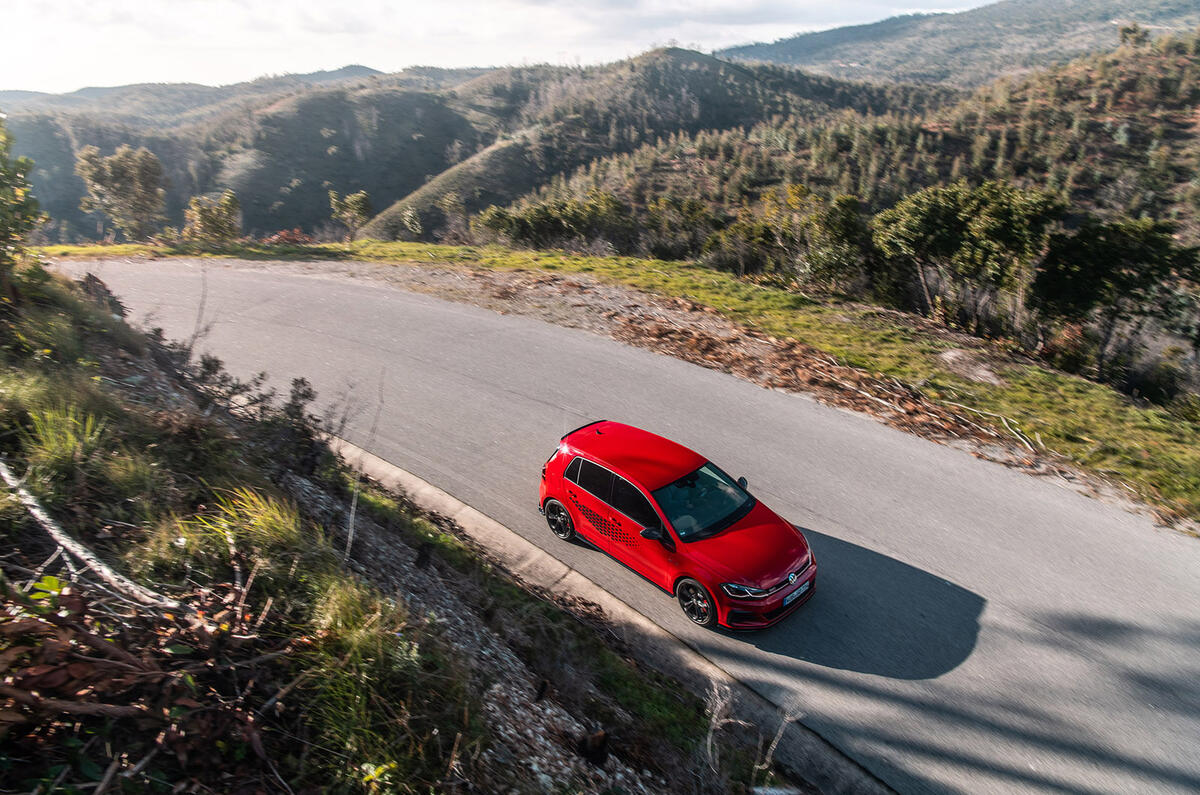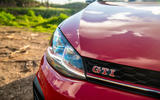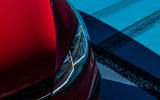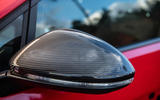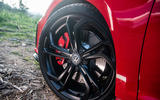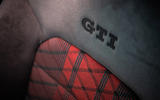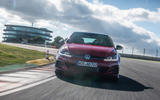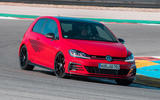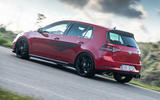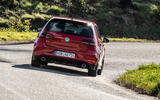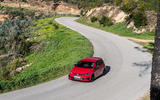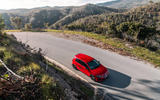The extra-hardcore run-out special edition is a feature that’s become more common than red piping and chrome pedals within the model lineage of the average modern hot hatchback.
Even the most celebrated and well-established of them all, the VW Golf GTI, can’t last for a whole model lifecycle without one. We’re lucky it can’t, by the way – or we’d have missed out on some utterly brilliant fast hatchbacks over this car’s long and illustrious history: the ‘G60’-engined supercharged mkIIs, the mkV Edition 30 and the stellar mkVII Volkswagen Clubsport S.
These fast Golfs are, at their best, irresistible enigmas: cars whose brilliance seems simultaneously to make both absolutely perfect sense and no sense whatsoever. The superbly adaptable Golf GTI has sat, for the past three model generations at least and arguably for even longer, precisely where real-world performance, driver reward, usability and value have met in the hot hatchback segment. Any change you make to that supreme compromise, therefore, ought to make for a lesser hot hatchback.
And yet still Wolfsburg has tinkered – not least, you suspect, because the GTI’s ice-cool 'needn’t be the class hard man' positioning means there’s always been both the demand and the opportunity to do it. And when they’ve done it, perhaps not invariably but at least pretty regularly and so often against the odds, an even better Golf GTI has emerged.


